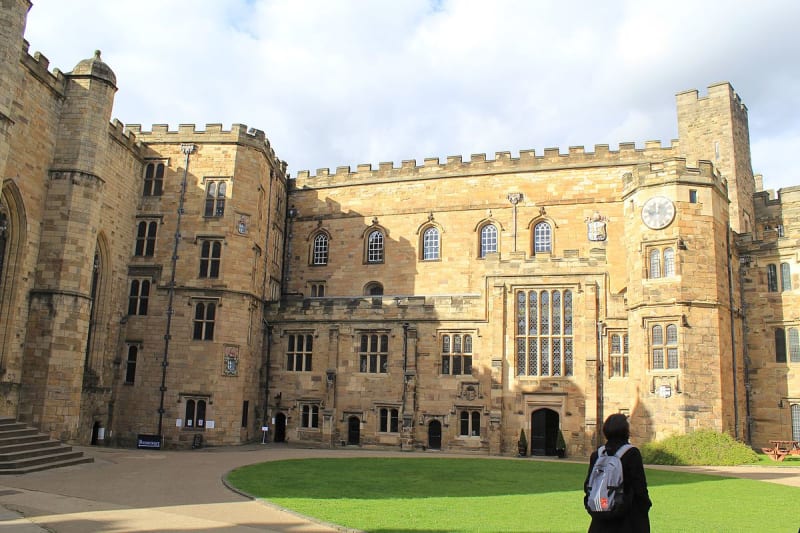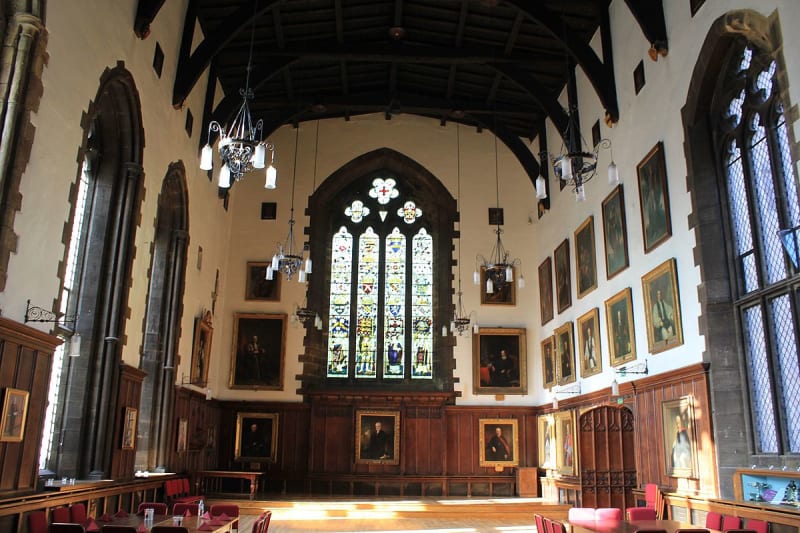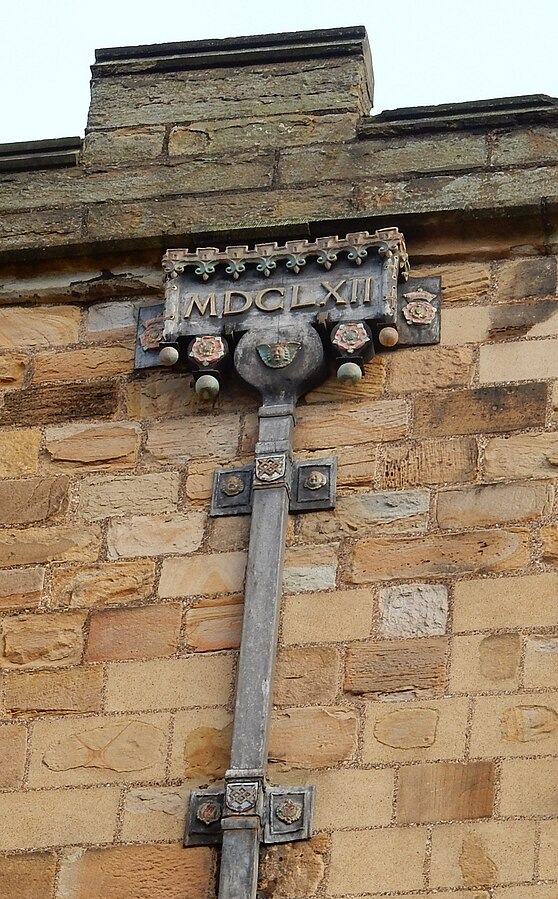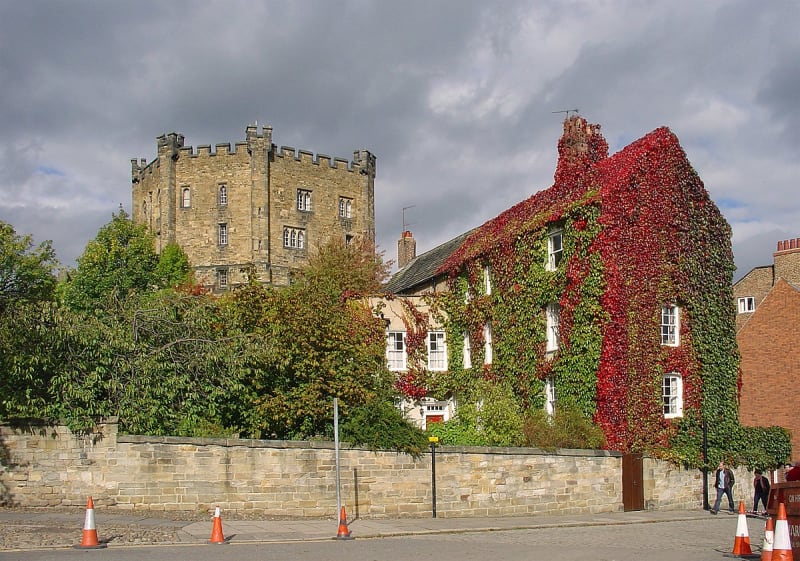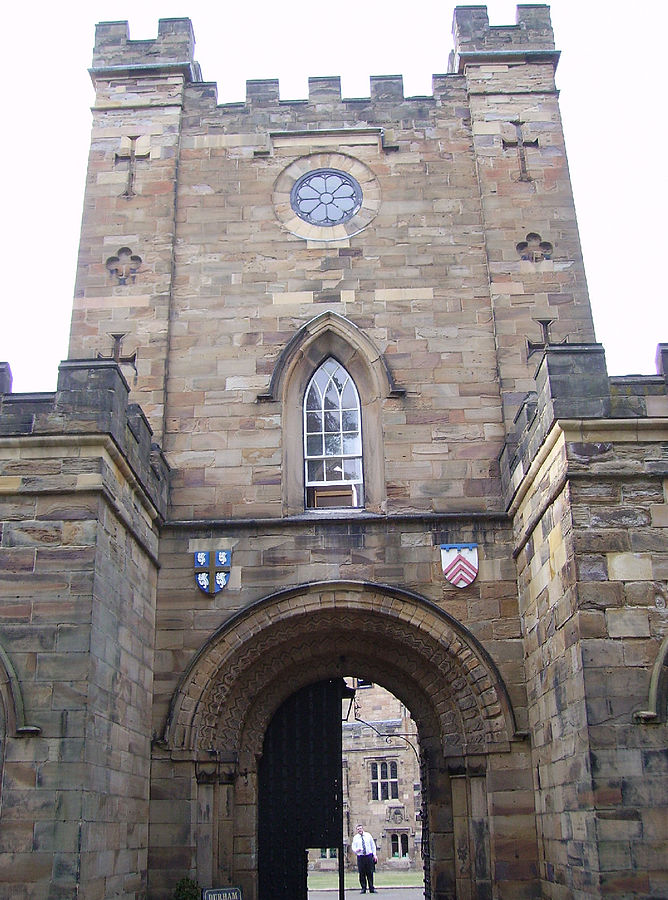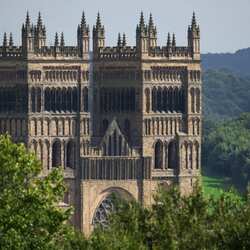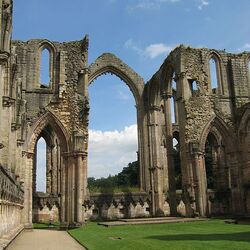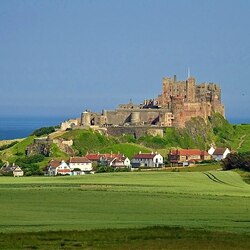Durham Castle
Durham Castle is located on a peninsula overlooking the River Wear, as is Durham Cathedral. It is one of the first fortified castles built by William the Conqueror during the suppression of uprisings among the Anglo-Saxons. In the Middle Ages, the building served as a center of power to counter the threat from the Scots. It then became the main residence of the Prince-Bishops of Durham.
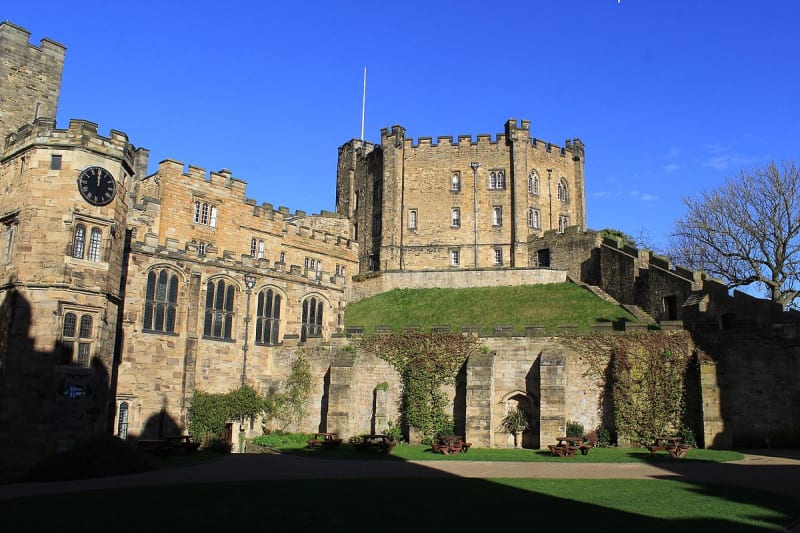
The history of Durham Castle
Originated in 1072 as part of William's plan to pacify the north in his new kingdom, Durham Castle is a fine early example of the Norman motte and Bailey fortification style. The castle occupies three sides of the courtyard, here you can see the changes made by various bishops, each bishop placed his coat of arms on a part of the wall that he rebuilt. In 1837, the castle changed hands, becoming part of the new Durham University, where it now serves as a residence for students.
Durham Castle History Room
The Great Hall is a relic of the 13th and 14th centuries, which currently performs the same functions as the University canteen. Wine cellars are now located in the basement of the hall. Opposite the gate is one of the oldest parts of the castle, built by Bishop Pudsey (1153-1195). The gallery of the Great Hall is filled with military relics, including relics of the Civil War and the Napoleonic Wars, as well as portraits of bishops of the past.

Main attractions
An important building of Durham Castle is the "Back Staircase", located between the Great Hall and the Bishop Pudsey building. The black staircase, named after the dark oak from which it was made, reaches a height of 19 meters. And at the foot of Durham Castle, there is an original Norman chapel, which is the main object of the castle. The capitals of the columns were wonderfully carved with figures, including one of the earliest known depictions of a mermaid in Britain.
Hot food
When food was brought from the kitchen to the dining hall, it was served first to the bishop, and then to other officials according to rank. By the time everyone was served and the food was ready for consecration, the bishop's food was getting cold. To solve this problem, the bishop carved a blessing over the hatches leading to the Durham Castle kitchen. When the food was served through the hatch, it was considered blessed at that moment and, therefore, could be eaten as soon as it entered the hall.
